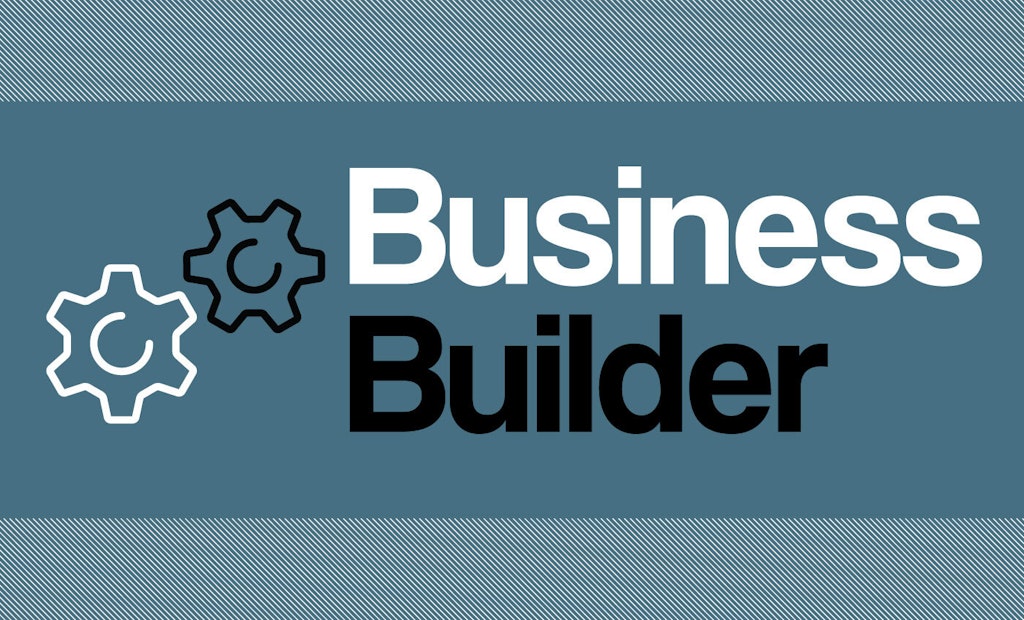Everyone has probably heard the saying that goes something like: Technology is advancing faster than ever before, and it will never be this slow again.
It’s kind of a crazy statement, especially if you take it at face value. But it may not seem as extreme or fast if you’re...






